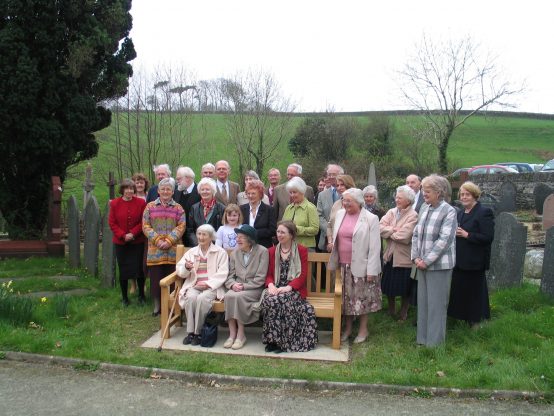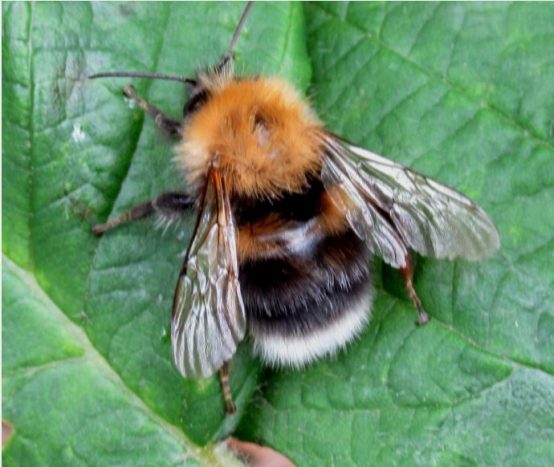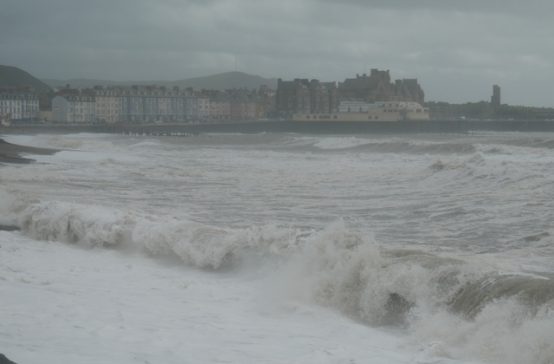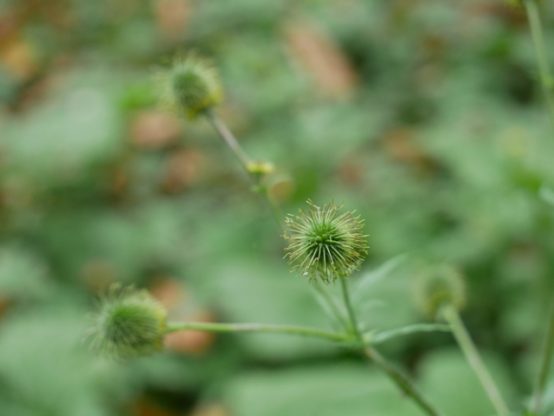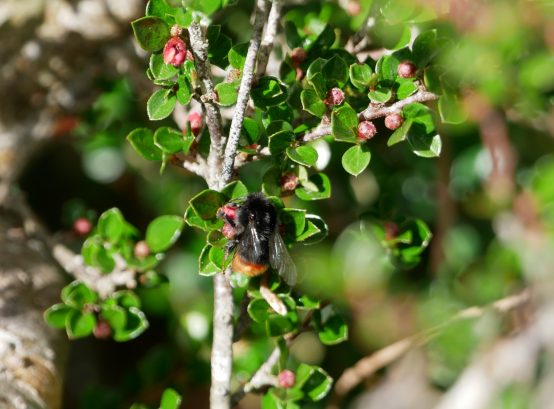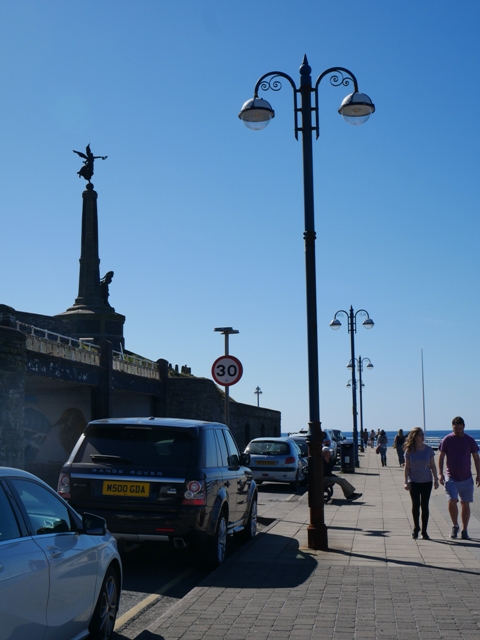Last Saturday I attended the Gorsgoch Agricultural Show and Llanwenog Young Farmers’ Club event in my role as Judge of the Flowers in the Produce Tent.
It is a delight that most local shows have revived after two empty years caused by the Covid pandemic. This was the first time I have visited this particular Show, which celebrates its 40th anniversary this year. The event was held on a windy hilltop at Glwydwern farm, and I found my way there, thanks to the satnav, by narrow and twisting lanes beyond Cribyn. It was an idyllic scene with two horse rings, sheeplines and a large traditional Fedwen marquee packed with produce.

The Vegetable classes at Gorsgoch Show
The spread in the Produce tent was impressive, and I was glad I did not have to face the challenge offered to Cookery judge – no less than 28 bara briths were awaiting her inspection, and fourteen competent men had entered a fruit loaf in the class limited to their gender. The seventeen other open classes were all well represented. The only difference from the shows of old is that now, thanks to health and safety considerations, all the edible entries, once judged, are enclosed in clear polythene bags to keep the flies off. There were even closed refrigerated cabinets in which the very ambitious cheesecakes were displayed. A few confused bees wavered around the tent. The demonstration hive had proved to be leaky and had been sent home, leaving the escapees behind.

Twenty eight Bara Brith at the Gorsgoch Show

A rare little Rhodoxis at Gorsgoch Show
The Flowers were not quite as numerous as the cakes, and it seems that none of the serious competitive dahlia growers had attended. But the range of plants in the class of pot-grown and outdoor planters revealed some discriminating gardeners. New and exciting cultivars find their way to Gorsgoch gardeners. A charming Rhodoxis ( a cerise-flowered hybrid of Rhodohypoxis and Hypoxis parvula) vied for attention with some fine fuchsias.
In the outdoor pots I awarded the Best Exhibit rosette to a perfect dome of Bidens ferulifolia ‘Blazing Glory’ overhanging an immaculate trailing yellow Calibrachoa. There must be some very beautifully appointed gardens and patios in the area.
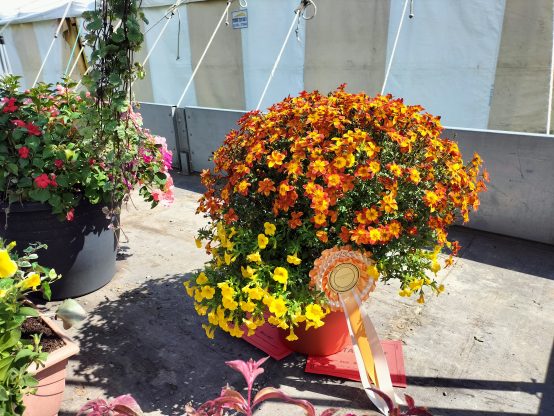
Bidens Blazing Glory and Calibrachoa at Gorsgoch Show
One of the vases of garden flowers was particularly striking as it featured species with deep purple blooms: buddleia, penstemon and verbena, and some unusual fern foliage.
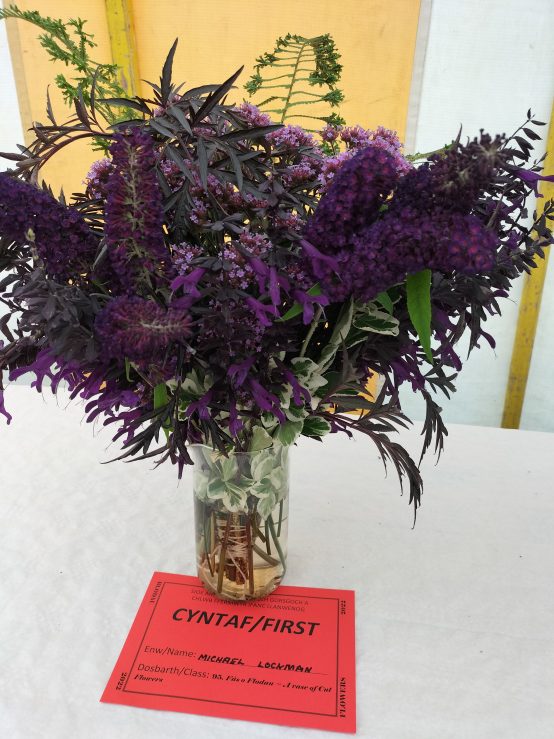
I was charmed by this deep purple collection of Garden flowers at Gorsgoch Show
This spirit of innovation had also spread to the vegetables. Among the pairs of cucumbers were two perfectly matched, sparsely hairy, pale yellow yellow globes. I noted the judge had cut one open to convince the spectators that these unfamiliar vegetables were, nonetheless, real cucumbers!
After completing my duties I roamed the tent enjoying the handicrafts. It seems many people in South Ceredigion are expert patchwork seamstresses, and the quilts, cushions and table runners took up a great length of the tables.

Just some of the handicrafts at Gorsgoch Show
Perhaps because of the Young Farmers’s involvement there were also well supported competitions classes for 18 and under, and 19-26 year age groups embracing cookery, handicrafts and photography. In many shows these sort of classes are popular with younger ages, but interest peters out after primary school.
Outside the tent, judges were busy with a dog show and two horse rings. In one ring there were beautiful Welsh cobs, and mountain ponies with their colt of filly, while immaculate riding horses and ponies were cantered around the judge in the other. Burly men wrestled with uncooperative sheep led upon thin white rope halters, and vintage tractors set off on a procession along the adjoining roads. This deeply agricultural area contains many skillful farmers, growers and crafters as well has historians and scholars. The display from Coed Fardre Nursery, Talgarreg embraced geneaology, antique tools, scale-models of the many English and Welsh regional varieties of five-barred gate, and 150 different knots all tied in yellow rope! I am told a book is forthcoming.

Gorsgoch Show

Gorsgoch Show
It is very clear from from the competition in children’s art from Duffryn Cledlyn and Talgarreg Primary Schools that in this part of the world the pupils in Years 3 and 4 know exactly what farm animals look like! I suspect they also know their vegetables – for it is a long way from Talgarreg to the nearest McDonald’s or KFC.

Eight and nine year-old art ‘ The Show” at Gorsgoch Show


